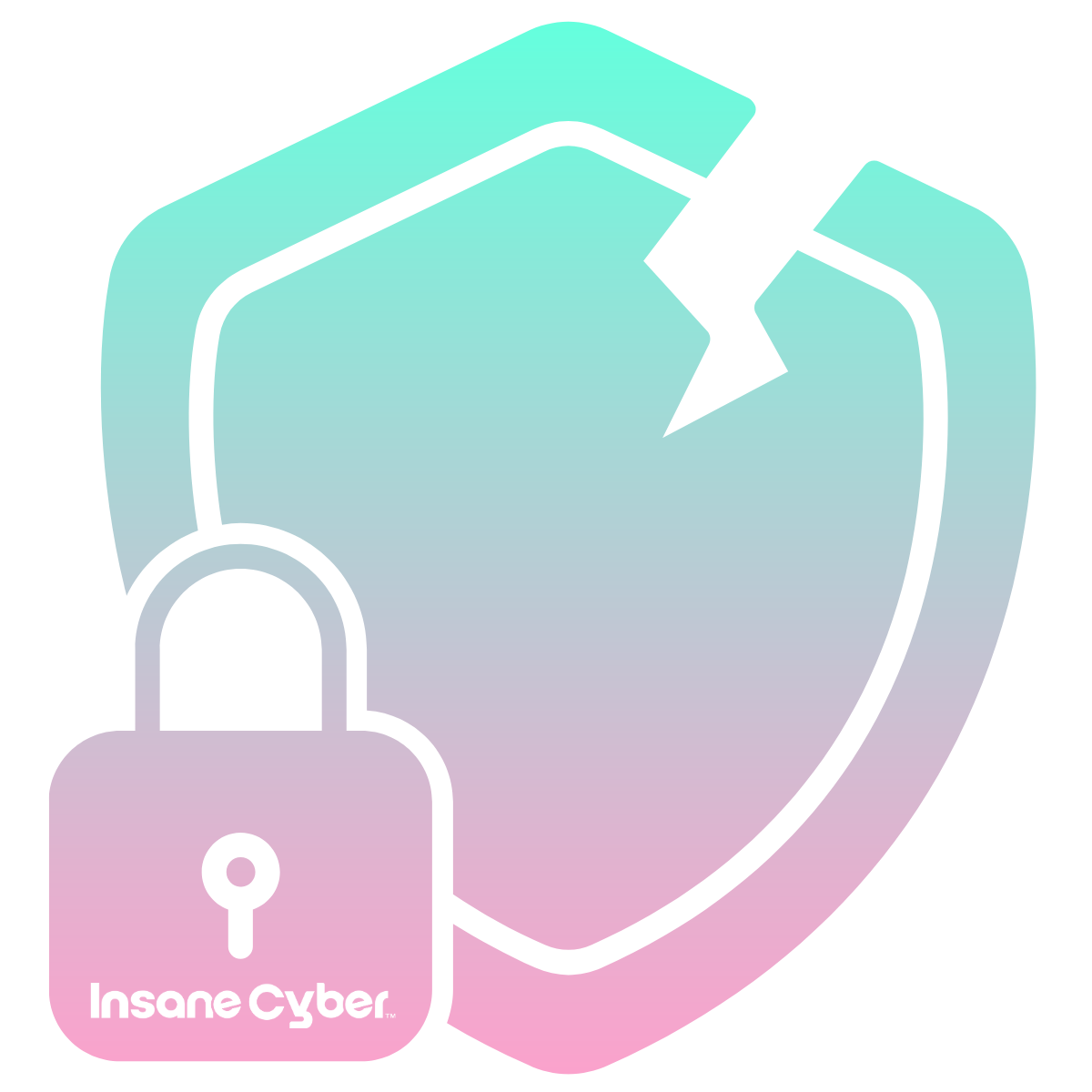Ever wondered how a cyberattack on an industrial facility actually unfolds? At a recent Hack the Capital event, cybersecurity experts Donovan Norman, known for his work with ICS Village and GRIMM, and Dan Gunter from Insane Cyber, pulled back the curtain. They didn’t just talk theory; they demonstrated a live hack of an Industrial Control System (ICS), showing exactly how it can be compromised and, more importantly, what steps can be taken to detect, prevent, and respond to such an intrusion.
The demonstration painted a vivid picture of a realistic attack, leveraging a simulated ICS environment. Attendees witnessed each stage of the breach, all accomplished using open-source tools, and analyzed through network logs and forensic techniques.
Industrial Control Systems (ICS) and Supervisory Control and Data Acquisition (SCADA) systems are the brain and nervous system behind many of the world’s most essential services. Picture the control rooms of power plants, the digital dashboards running oil and gas pipelines, or the nerve center at a water treatment facility—ICS and SCADA quietly orchestrate the safe, consistent flow of the modern world.
These systems monitor and manage physical processes using networks of sensors, controllers, and software. They’re responsible for everything from automating the electricity grid to ensuring precise dosing at chemical plants. It’s not flashy work, but when they hum along, cities stay lit, fuel keeps flowing, and factories crank out widgets and whiz-bangs without a hitch.

The catch? This digital backbone is a juicy target for hackers. Why? Because one well-placed digital wrench in the works can do astonishing damage—think region-wide blackouts, water contamination, or shutting down an entire refinery. Stuxnet, the notorious worm that sabotaged Iran’s nuclear program, is just one chilling example of how these systems can be turned against us.
That’s why understanding ICS and SCADA security isn’t just for tech heads or the tinfoil hat brigade. When you’re securing these systems, you’re helping hold up everything from hospitals to highways, keeping society’s gears turning—one careful software patch at a time.
So, how have real-world threats such as the infamous Stuxnet worm managed to wreak havoc on ICS and SCADA environments? Stuxnet, for example, didn’t just slip quietly into industrial networks—this malware targeted specific control system components, seeking out vulnerabilities in both hardware and the underlying protocols that keep these systems running.
By exploiting these soft spots, Stuxnet was able to intercept legitimate commands and inject its own malicious instructions. The result? Critical processes were quietly manipulated behind the scenes. In Stuxnet’s case, industrial equipment was made to function outside safe parameters—causing everything from unexpected machinery behavior to production shutdowns—all without immediate detection from plant operators.
This real-world malware attack served as a wake-up call to the industry, illustrating that ICS/SCADA networks aren’t just theoretical targets. They’re highly vulnerable, and when hit, the impact can extend from digital inconvenience to full-blown physical disruption.
The team used the ICS Village’s live demo range to simulate a chillingly plausible cyberattack: a tank within a process control system began to overflow. The culprit? A malicious actor who had remotely manipulated the tank’s set point via the Human-Machine Interface (HMI).
Fortunately, in this simulated event, a safety switch engaged, averting a real disaster. However, the demonstration starkly illustrated a critical point: even seemingly minor manipulations within an ICS can spiral into significant operational problems and potential safety hazards.

The initial breach often starts with a common, yet effective, tactic: spear phishing. In this scenario, the attacker sent a carefully crafted phishing email that tricked an operator into executing a malicious binary file. This payload then went to work, collecting sensitive information like screenshots and login credentials, often using well-known tools like Mimikatz.
Once armed with legitimate credentials, the attacker gained remote access to the system. They utilized standard remote access software, the kind many organizations use for legitimate purposes. This highlights a crucial challenge: malicious activity can be masked by seemingly normal operations. Detailed log analysis, however, proved vital in revealing who logged in and when, exposing how legitimate tools can be turned into weapons.
With a foothold in the network, the attacker then performed lateral movement. Using Remote Desktop Protocol (RDP), a common tool for IT administration, they moved from an initial “jump box” to the critical HMI. This activity wasn’t invisible; Windows Event Logs, specifically Event ID 4624, and noticeable spikes in network traffic on port 3389, confirmed the RDP usage.
The final stage was the HMI compromise. Once they had control of the HMI, the attacker could alter crucial control parameters – in this case, the tank’s set point – directly causing the simulated overflow. Analyzing industrial network protocols like Modbus, S7com, and EtherNet/IP was key to tracing these manipulations back to their source.
Throughout this process, the demonstration team showcased powerful detection and correlation techniques. Using tools like PyShark and the ELK stack, they visualized network anomalies and correlated suspicious traffic spikes with specific system events. This underscored the immense value of combining network monitoring data with endpoint logs for a comprehensive security picture.
While this particular demonstration concluded without physical damage, the potential consequences of a successful ICS attack are severe. Imagine ransomware locking out essential systems, critical infrastructure like water or energy supplies being manipulated to unsafe levels, or process alterations introducing significant health and safety risks. The stakes are incredibly high.
The presentation wasn’t just about showcasing vulnerabilities; it was about empowering defenders. Norman and Gunter shared practical advice for securing these critical environments.
Effective detection and monitoring are paramount. This involves segmenting networks to limit the blast radius of an attack and closely monitoring traffic moving between these zones. Deploying robust network and log monitoring tools, such as Wireshark, Windows Event Logs, and the ELK stack, provides the necessary visibility.
To put these principles into action, it’s helpful to look at real-world examples and attack scenarios specific to ICS and SCADA environments. Studying code samples and reviewing screenshots of actual attacks can shed light on how vulnerabilities are exploited in practice, and make the risks more tangible. Walking through step-by-step vulnerability assessments and penetration testing methodologies not only reinforces best practices, but also arms defenders with the practical knowledge to identify and remediate weaknesses before adversaries can exploit them.
It’s also crucial to harden systems. This includes restricting the use of RDP and carefully controlling membership of RDP user groups. Where possible, remote access software should be thoroughly hardened or, even better, avoided if not absolutely necessary for operational requirements.
The human element cannot be overlooked. Educating the workforce is a critical layer of defense. Cybersecurity training shouldn’t be confined to IT departments; it must extend to ICS operators and all users who interact with these systems. Reinforcing basic awareness around phishing attempts and how to identify suspicious activity can make a significant difference.
Finally, leveraging safety systems provides a crucial last line of defense. Physical failsafes, such as high-level switches or hardwired safety controls, can prevent digital compromises from causing physical disasters. Designing systems that are inherently resilient, even when digital layers are breached, is a key principle of secure ICS architecture.
Throughout this process, the demonstration team showcased powerful detection and correlation techniques. Using tools like PyShark and the ELK stack, they visualized network anomalies and correlated suspicious traffic spikes with specific system events. This underscored the immense value of combining network monitoring data with endpoint logs for a comprehensive security picture.
By combining practical, hands-on examples with strong architectural principles, defenders can bridge the gap between theory and real-world protection—making ICS and SCADA environments not only more secure, but also more resilient when the unexpected happens.
One of the most effective ways to build a resilient ICS security program is by grounding your strategy in real-world experience. Case studies from actual incidents—alongside insights, practical tips, and hard-earned cautions—bring security concepts to life in ways abstract theory can’t. By examining how attacks unfolded in real environments, defenders can identify common pitfalls, spot early warning signs, and adopt proven countermeasures before disaster strikes.
Notes and best practices distilled from the trenches help teams avoid repeating mistakes, while practical tips offer actionable steps for protecting critical assets. Just as importantly, highlighting cautionary tales—examples of what went wrong and why—ensures that lessons are not learned the hard way. Integrating these insights into regular training and tabletop exercises helps turn defensive concepts into muscle memory across the workforce.
Ultimately, combining the wisdom of real incidents with ongoing vigilance and robust technical safeguards creates a more adaptive, prepared, and secure ICS environment.
For security professionals tasked with safeguarding ICS and SCADA environments, a thoughtful approach to vulnerability assessment and penetration testing is essential. Rather than diving in headfirst, it’s important to start with a clear plan and respect the unique sensitivities of industrial systems—these aren’t your average office networks.
Here’s a high-level roadmap for tackling this process safely:
By structuring vulnerability assessments and penetration tests with respect for operational realities, defenders can strengthen security without introducing unnecessary risk.
This session was a masterclass, demonstrating how real-world Tactics, Techniques, and Procedures (TTPs) can be used to compromise industrial environments. More importantly, it showed how defenders can effectively fight back using data, logs, and proactive planning.
Perhaps the most sobering aspect of the demonstration was that the attack chain – from the initial phishing email to remote access and eventual manipulation – wasn’t overly sophisticated. These are accessible techniques that a wide range of threat actors can replicate.
The key takeaway is clear: securing industrial control systems isn’t just about preventing intrusions. It’s about designing systems that can fail safely, detecting anomalies as quickly as possible, and continuously training the humans who operate and maintain these critical assets.
If you’re looking to delve deeper into ICS security or want to explore the tools and techniques discussed, resources like the ICS Village and tools such as PyShark are excellent starting points for your own journey into this critical field.
Our products are designed to work with
you and keep your network protected.